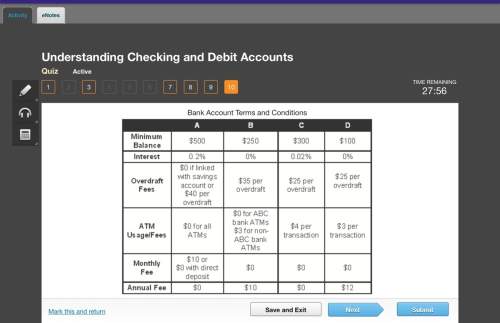
Accounting data are used to analyze cash flows, and this analysis is critical for decision making. Consider the following case:
J&H Corp. recently hired Jeffrey. His immediate mandate was to analyze the company. He has to submit a report on the company’s operational efficiency and estimate potential investment in working capital. He has the income statement from last year and the following information from the company’s financial reports as well as some industry averages.
• Last year, J&H Corp. reported a book value of $700 million in current assets, of which 25% is cash, 27% is short-term investments, and the rest is accounts receivable and inventory.
• The company reported $595.0 million of current liabilities including accounts payable and accruals. Interestingly, the company had no notes payable claims last year. There were no changes in the accounts payables during the reporting period.
• The company, however, invested heavily in plant and equipment to support its operations. It reported a book value of $1,120 million in long-term assets last year.
Income Statement For the Year Ended on December 31 (Millions of dollars)
J&H Corp. Industry Average
Net sales $1,900 $2,375
Operating costs, except depreciation and amortization 1,520 1,900
Depreciation and amortization 76 95
Total operating costs 1,596 1,995
Operating income (or EBIT) $304 $380
Less: Interest 30 57
Earnings before taxes (EBT) $274 $323
Less: Taxes (40%) 110 129
Net income $164 $194
Based on the information given to Jeffrey, he submits a report on January 1 with some important calculations for management to use, both for analysis and to devise an action plan. Which of the following statements in his report are true?
a) The company is using -$84.0 million in net operating working capital acquired by investor-supplied funds.
b) The firm uses $1,036.0 million of total net operating capital to run the business.
c) J&H Corp.’s NOPAT is $182.4 million, which is lower than the industry average of $228.0 million.
d) The company has $511.0 million in operating assets and $595.0 million in operating liabilities.
e) J&H Corp. has $98.4 million of net operating capital.

Answers: 3


Another question on Business

Business, 21.06.2019 17:30
Consider the following two stocks, a and b. stock a has an expected return of 10%, 10% standard deviation, and a beta of 1.20. stock b has an expected return of 14%, 25% standard deviation, and a beta of 1.80. the expected market rate of return is 9% and the risk-free rate is 5%. security would be considered a good buy if we include the stock in a well diversified a portfolio because a. b, it offers better alpha b. a, it offers better alpha c. a, it offers better sharpe ratio d. b, it offers better sharpe ratio
Answers: 1

Business, 21.06.2019 18:20
Write two goals for yourself that will aid you in pursuing your post-secondary education or training. with this
Answers: 1

Business, 22.06.2019 03:20
Yael decides that she no longer enjoys her job, and she quits to open a gluten-free, dairy-free kosher bakery. she pays a monthly rent for her store of $2,000. her labor costs for one month are $4,500, and she spends $6,000 a month on nut flours, sugar, and other supplies. yael was earning $2,500 a month working as a bank teller. these are her only costs. her monthly revenue is $14,000. which of the following statements about yael’s costs and profit are correct? correct answer(s) an accountant would say she is earning a monthly profit of $1,500. her implicit costs are $2,500 a month. an economist would tell her that she is experiencing a loss. her total costs are $12,500 a month. her explicit costs include the labor, rent, and supplies for her store. her economic profit is $1,500 a month.
Answers: 3

Business, 22.06.2019 03:30
Diversified semiconductors sells perishable electronic components. some must be shipped and stored in reusable protective containers. customers pay a deposit for each container received. the deposit is equal to the container’s cost. they receive a refund when the container is returned. during 2018, deposits collected on containers shipped were $856,000. deposits are forfeited if containers are not returned within 18 months. containers held by customers at january 1, 2018, represented deposits of $587,000. in 2018, $811,000 was refunded and deposits forfeited were $41,000. required: 1. prepare the appropriate journal entries for the deposits received and returned during 2018. 2. determine the liability for refundable deposits to be reported on the december 31, 2018, balance sheet.
Answers: 1
You know the right answer?
Accounting data are used to analyze cash flows, and this analysis is critical for decision making. C...
Questions























